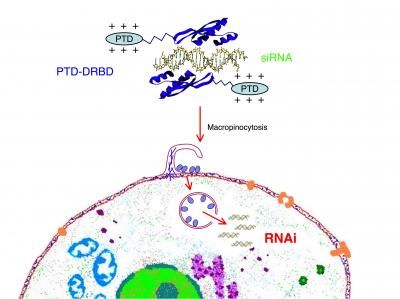Cyplasin-SC Enters Next Phase of Efficacy Animal Testing
Advertisement
In recent third party validated cell based laboratory tests, Cyplasin-SC(TM) has shown a unique toxicity to many tumor cells, including human melanoma cells. However normal human cells are not affected by Cyplasin-SC(TM) at concentrations used to kill the tumor cells. These positive validated results allowed the Company to take Cyplasin-SC(TM) into dosing experiments in animals. The first question that was answered: what is the highest tolerated dosage and is it safe? A contract research Organization, AURIGON Life Sciences, Tutzing, Germany, performed the dose ranging studies.
The experiments were devised such that other questions could also be answered: What is the highest dose of Cyplasin-SC(TM) to be tolerated when injected only once? What is the highest dose of Cyplasin-SC(TM) to be tolerated when injected repeatedly and what is the best time interval for the injections? What is the best mode of application either under the skin (subcutaneously), or into a vein (intravenously), or into the body cavity (intraperitoneally)? Positive results from these studies were obtained as all mice injected with Cyplasin-SC(TM) at concentrations toxic for the human melanoma cells survived and the results showed Cyplasin-SC(TM) was well tolerated by the organism. The best application form appears to be a subcutaneous application where Cyplasin-SC(TM) is injected under the skin.
Cyplasin-SC(TM) has demonstrated a selective ability to rapidly kill melanoma cancer cells while leaving normal non-cancerous cells untouched. Cyplasin is a protein originally discovered and isolated by Professor Petzelt from a marine organism, the sea hare (Aplysia punctata). The protein can now be manufactured as a recombinant protein which allows the company to develop the protein as a potential anticancer therapeutic product. Patents have been issued to the Company covering the Cyplasin protein.















































